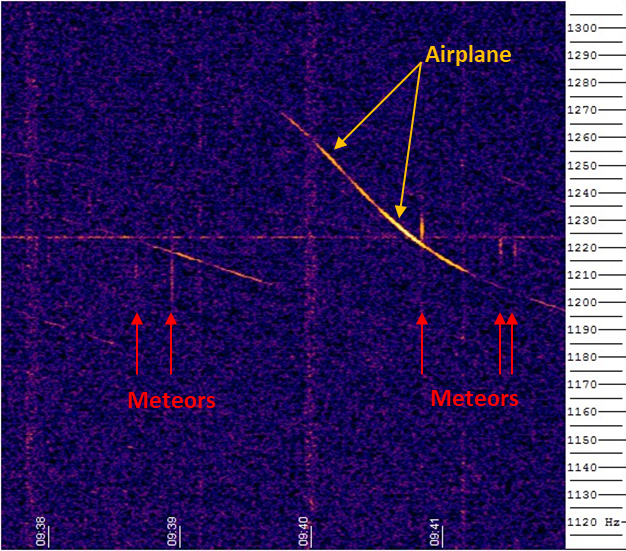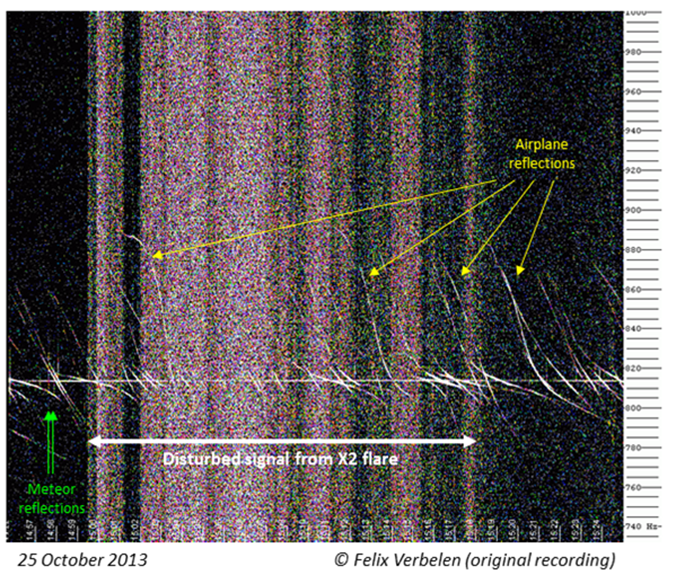Due to unfavorable weather conditions, the event at the Space Pole has been cancelled. Over the next few days, amateur astronomy clubs will still open their doors:
- www.mira.be in Grimbergen
- www.astronamur.be in Fernelmont
- www.astrovega.be in Woluwé-Saint-Pierre
On 9 August from 21:30 to 24:00, the Royal Observatory opens its premises to the broad public to observe the night sky. Amateur astronomers will bring their telescopes to allow the participants a view on the stars from between the prestigious domes of the Observatory. There will also be astronomy lectures and a visit to one of the telescope domes.

The timing of the event was chosen to be close to the maximum of the Perseids, one of the most prolific meteor showers of the year. Meteors, also called shooting stars, are tiny dust particles that quickly burn up in the Earth's atmosphere leaving a streak of light visible for only a fraction of a second. Even in case of cloudy weather, the meteors can still be observed by watching the radio signal they produce. The radio receiver from the Belgian RAdio Meteor Stations network (BRAMS) located on the domain will catch the radio signals that mark the presence of the meteors. The project has developed into a full Citizen Science project where you can actually make a very important contribution to science by simply counting meteors!
It is well known that the radio emission from strong solar flares can affect the number of recorded radio signals from meteors, but this happens only during the daylight (sunlit) hours. See the example below (the effect from the radio emission associated with a very strong X-class flare) and this news item for more information. During the strong solar eruption of 14 July 2000 that occurred around 10:30UT that day, Dutch observers could not count radio meteors for 1.5 hours due to all the radio noise!

The "Night of the Stars" is organized by the Royal Observatory of Belgium and the Planetarium, in collaboration with the Royal Belgian Institute for Space Aeronomy, Astronamur, Volkssterrenwacht Mira, Astroclub Vega, and AnimAstro.
***IMPORTANT NOTE: The event is already FULLY BOOKED***, so no more participants can be allowed. However, you can observe the meteors from any dark place outside, providing clear weather of course. Late night offers the best viewing conditions. In case it is cloudy, you can still follow the meteor activity in real time by watching the radio signals online from e.g. the BRAMS or MIRA webpages.





